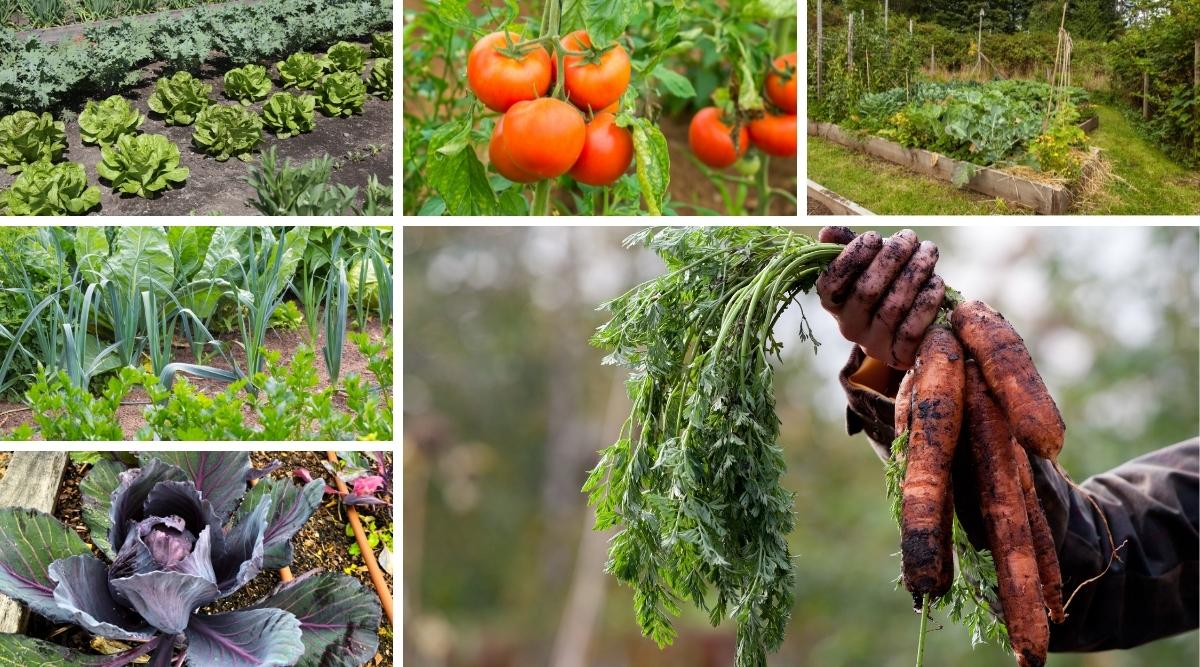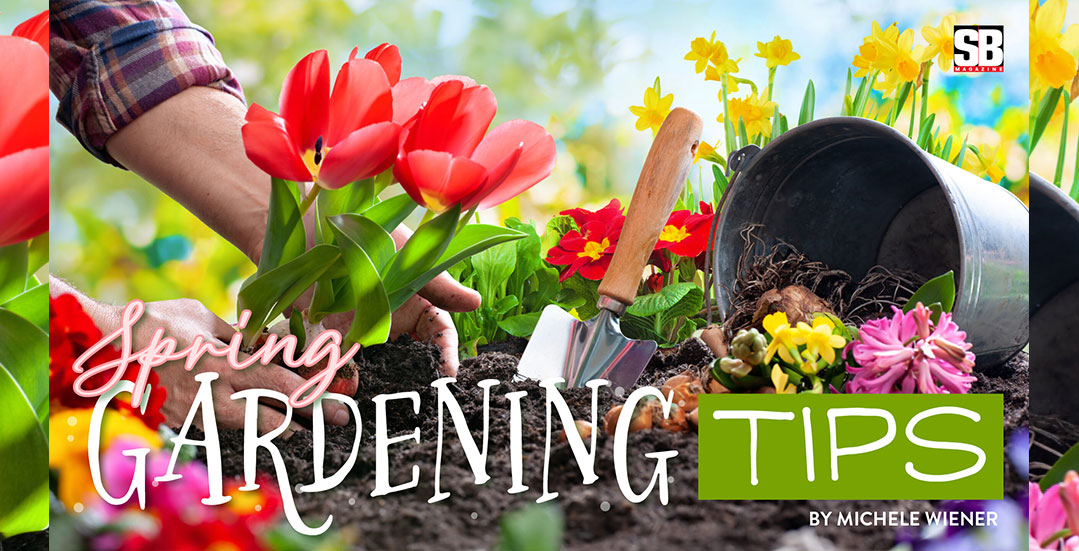Spring is well underway in our region and with warmer temperatures this is the best time to be in the garden. It’s time to head outdoors to clean out and prepare our garden beds for the growing months ahead. Here are a few gardening tips to launch the spring season successfully:
Do a spring inspection:
Now is the time to see what damage has been done by the brutal cold we had in December. While most of the plants should be budding out, some may not have made it through the freeze. If that is the case, go ahead and pull those dead plants out now.
Inspect your hardscape – walls, fences, sheds, gutters. Have any shifted, bowed or rotted? Now is the time to repair any damage before working on the beds.
This is a good time to plan and build new raised gardens, widen existing ones, and tidy up your beds’ edging.
Test your garden soil: Experts recommend testing your garden soil every year. You may learn your soil is very high in phosphorous, so you would want to avoid adding fertilizers with phosphorous. You may find out your soil is too alkaline, but want to grow acid-loving shrubs like azaleas and hydrangeas which would mean adding aluminum sulfate to your soil.
Detailed instructions on how to collect and submit a soil sample, along with soil recommendations, is available at the LSU AgCenter office (318.408.0984 or www.nwlamg.weebly.com).

Feed your soil:
Once you know what your garden soil needs based on the test results, implement those changes for the best possible growing season. It is also good practice to top-dress the soil with an inch or two of compost or a good manure in early spring.
March is a good time to fertilize most shrubs and trees. Although, you want to wait to fertilize any spring flowering shrubs until the flowers have started to fade. Non-flowering shrubs can be fertilized now. Most ornamental shrubs and trees like a slow-release, well-balanced ‘shrub and tree’ type fertilizer. If you are unsure what to use, ask your local nursery professional or extension agent.
If you didn’t feed your roses in February, March is also a good time to feed roses.
Fertilize established perennials after new growth appears with a good flower fertilizer or organic plant food.
It’s time to prepare the veggie garden for spring planting. You will need to work into the soil a half inch layer of composted organic matter such as composted manures to feed your freshly planted vegetables.

Do some pruning
Our growing area is Zone 8b which means most pruning should be completed by now.
Perennials should have any old, dead growth removed as soon as possible.
Prune your roses immediately if you have not already done so. Pruning this late will not hurt your rose bushes but may delay blooming.
If you haven’t already done so, prune your crape myrtles, but only if they are still dormant and have yet to leaf out.
Groundcovers and ornamental grasses can be cut back now. This includes mondo grass, liriope (monkey grass), and pampas grass.
Now is also the time to prune back any plants damaged by the winter storm. Woody plants such as azaleas, camellias, and Ligustrum took a hit. These plants, although normally evergreen, likely lost most of their leaves. The brown leaves have fallen off by now, and most of the woody stems are green and very much alive. You may have cane dieback, which will need to be pruned. To find out how much dieback your plant has, use a sharp blade (or your fingernail) to lightly skin the bark to reveal the wood underneath. Start at a branch top and observe the color under the skinned area. Damaged wood will be brown. Work your way down until the skinned area becomes green. This indicates healthy tissue. Prune off the tissue above the green area.
Shrubs
Shrubs can be planted now.
Vegetables
For your vegetable garden, continue direct sowing seeds of lettuce, garden greens, beans, squash, melons, and okra. Seedlings of tomatoes, peppers, and eggplants should be in the garden now. Be prepared to provide frost protection if a cold snap threatens.
Fruits
Now is a great time to plant strawberries, blueberries, blackberries, pomegranate, and other fruit trees.
Perennials
These flowering or foliage plants return year after year once planted. There are many varieties that do well here and bloom in the spring, while others bloom in the summer, fall or even winter. Some favorite perennials to plant now include peony, garden phlox, Lenten Rose, daylily, yarrow, Shasta daisy, and salvia. Not only do these grow well in our area, but they also multiply and can be divided and moved to another bed or shared with a friend.
Taking the time to complete a few essential spring garden tasks will bring you benefits for the rest of the season. Plus, it just feels amazing to get back outside and into the garden!









